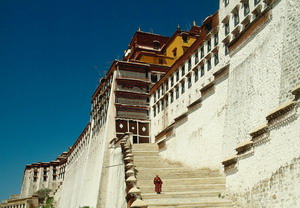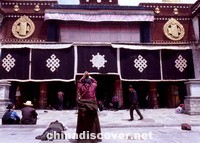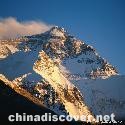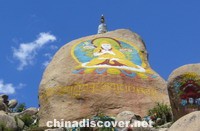Namtso Lake
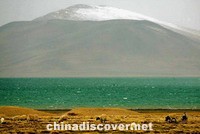
Overview
Namtso, approximately 190km north-west of Lhasa, is the second-largest saltwater lake in China, the first being Koko Nor (Qinghai Lake) in Qinghai province. The Nyenchen Tanglha (Tangula) range, with peaks of more than 7000m, towers over Namtso lake to the the south-it was these mountains that Heinrich Harrer and Peter Aufschnaiter crossed on their incredible journey to Lhasa. Namtso is a tidal lake and the ring marks of earlier lake levels are clearly visible by the shoreline.
Know more
Area: 1,961.5 square meters; 4,720 meters above sea leavel Tibetan for 'Heavenly Lake', Namtso is regarded as one of Tibetan Buddhism's three holiest lakes. The lake is a pilgrimage site for Buddhists, who consider it the seat of Paramasukha Chakrasamvara. Buddhists believe that buddhas, bodhisattvas and vajras will assemble at Namtso in the Tibetan year of the sheep.
Namtso Lake lies beside snow-capped Mt. Nyainqentanglha, the son of Namtso and leader of sacred mountains. The lake with the highest sea level in the world is far away from the pollution of modern civilization. Natural wildlife -- animals, birds and fish -- is a summer attraction. The lake freezes in October. In May, the ice melts, producing thunderous sounds.
With an area of 1,940 square kilometers, the Namtso Lake is the second largest salt-water lake. In the lake, there are 3 islands, which is an ideal habitat for all kinds of aquatic life. One of the islands is made of calcareous sandstone. It is characterized by the stone pillars, natural stone bridges and the stalactite caves. The beaches of the lake are a beautiful natural pasture. Wild life is having a good time there.
Legend has it that Namtso Lake is the beautiful daughter of nearby Bam Lake. She was married to the Nyainqentanglha Mountains. As time went by, she could not stand the frigid weather and loneliness any longer and so, with a sad heart, threw all her jewels, ornaments, and necklaces into the lake. Thus it is said that there are boundless treasures at the bottom of Namtso Lake.
Must see
Dzashi Monastery
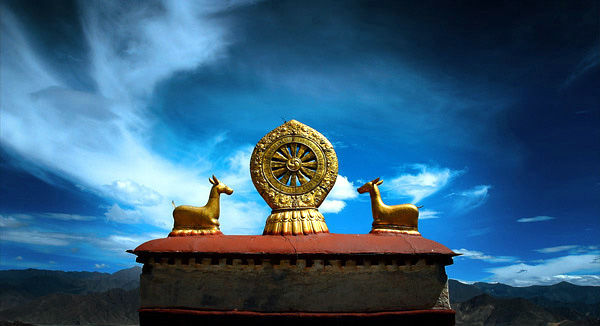
Dzashi Monastery on Dzashi Peninsula in Namtso Lake is a sacred place to Buddhists. Thousands of pilgrims travel a long way to worship here on the Tibetan New Year.
The monastery is really just a small chapel to the east of the accommodation area. Inside is an image of the local deity, Nyenchen Tanglha, which has its roots in Bon belief and resides in the nearby mountian of the same name. There are several other chapels and retreats honeycombed into the rock face.
From here, the path curves around the shoreline and pases a group of ancient rock paintings, where pilgrims test their merit by attempting to place a finger in small hole with their eyes closed. Nearby is a footprint of Guru Rinpoche. At the north-eastern corner of the hill is the Mani Ringmo, a large mani (prayer) wall at a chakje (handprint) of the third Karmapa. From here you can hike up to the top of the hill for good views.
